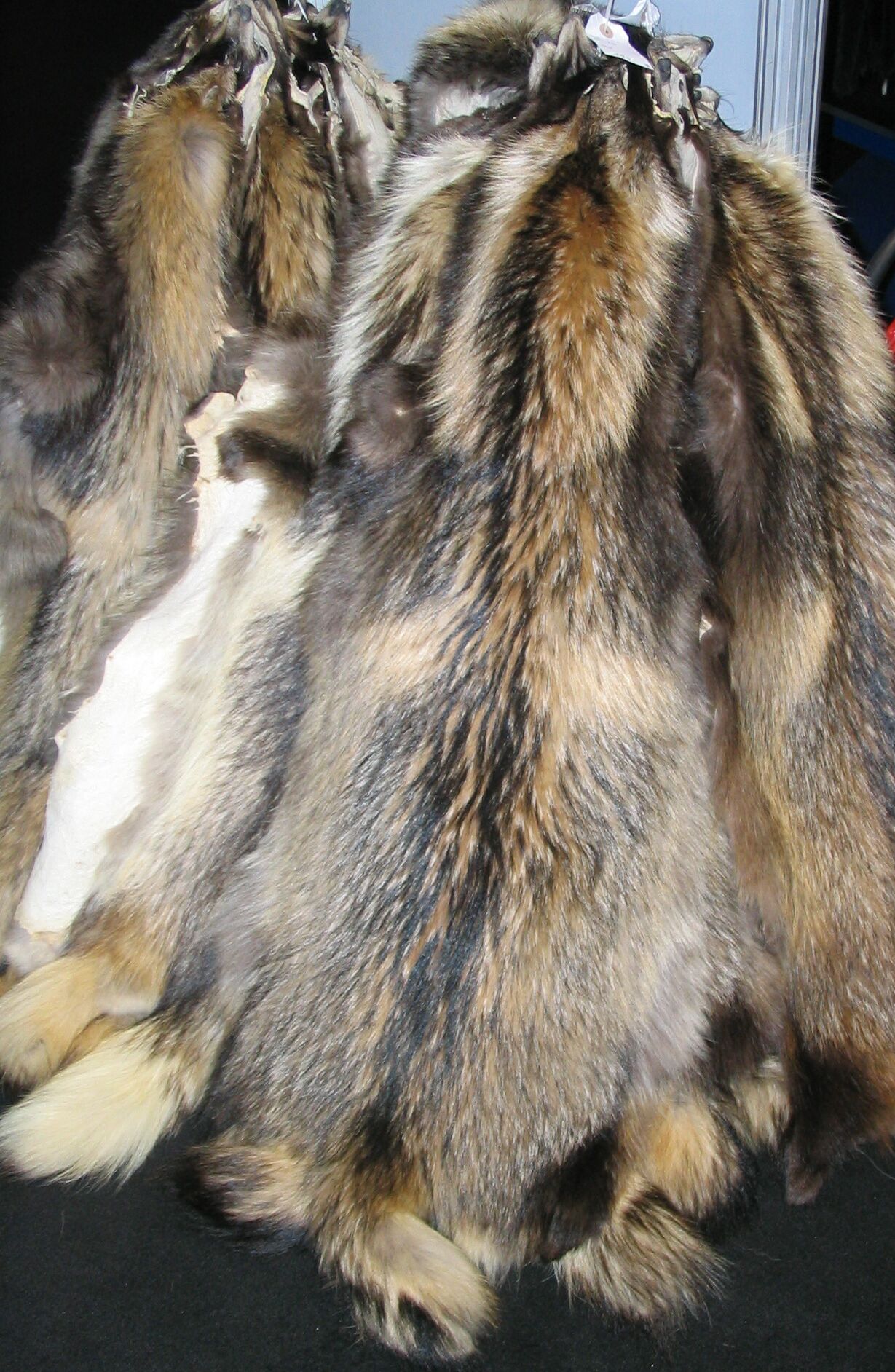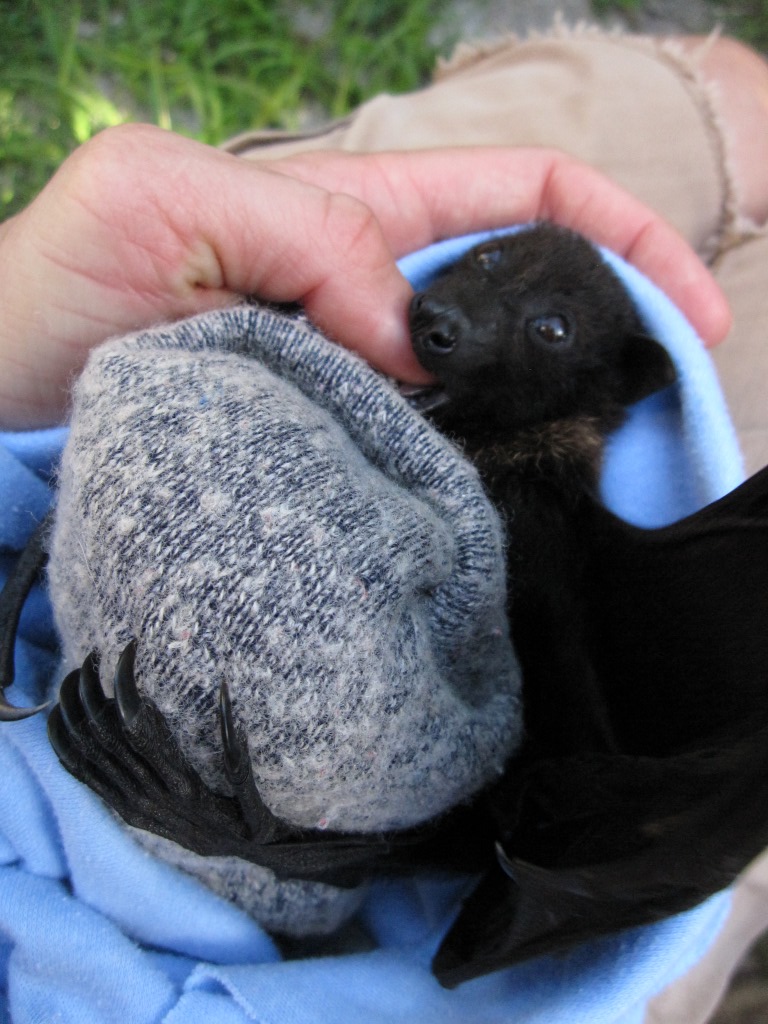There appears to be some unspoken rule that tiny versions of things are exponentially more adorable. Take for instance hummingbirds, pygmy marmosets, dwarf elephants, pygmy hippos, or Brookesia micra (the chameleon that fits comfortably on the head of a match). The dwarf cuttlefish (Sepia bandensis), with a mantle length of under three inches, is no exception. Dwarf cuttlefish are at home in the warm waters of the Indo-Pacific including, but not limited to, the Philippines, New Guinea, and Sulawesi. Living mostly in shallow coastal waters, these tiny cephalopods are most active at night, feeding on small crustaceans or fish found over sand and reef. Like almost all members of their group, dwarf cuttlefish are exclusively shallow water inhabitants. This is because of the vestigial cuttlebone that’s contained within the mantle. The cuttlebone is a remnant from the ancient history of cephalopods. Like the ancestral shell, it still retains tiny chambers filled with gas that assist with buoyancy. As a consequence, the cuttlebone will implode if the poor creature swims too deep. Being relatively restricted to shallow water does have its perks, though. Since there is so much light, cuttlefish get to fully utilize their incredible skin to create a wide variety of colors, patterns, and textures to communicate with each other and other animals.
One of the most spectacular displays used by these tiny cuttles is known as the “passing cloud”. It consists of dark bands of color moving down the animal’s mantle via the pulsing of chromatophores in the skin. While this occurs, the cuttlefish keeps the rest of its body’s color and pattern static (unchanging).
Here you can see the passing cloud display in action on this dwarf cuttlefish that I filmed at the Seattle Aquarium. It does it at the beginning and the end of the video.
S. bandensis is not the only cuttlefish species to display these strange, psychedelic waves. Many other cuttlefish do this as well, and also some octopuses. Not surprisingly, the display differs in each species and there are many variations of it. These bands can occur on almost any part of the body and go in different directions depending on the species. The delightfully named Wunderpus photogenicus, an octopus, pulses dark bands over its eyestalks. Perhaps the most interesting thing about pulsing displays like the passing cloud is that no one knows for sure what the purpose is.
Did you notice the pulses on Wunderpus’s eyestalks?
There is a myriad of possibilities of what the displays could be used for. Some cephalopods, such as the broadclub cuttlefish (Sepia latimanus), almost certainly use these displays for hunting. These cuttlefish can sometimes be seen rapidly pulsing the chromatophores on their arms before pouncing on prey. It’s possible that the chromatic pulses mesmerize prey, holding them in place while the cuttlefish positions itself for a deadly strike. The Australian giant cuttlefish (Sepia apama) has been observed using pulse displays in spawning aggression and while drifting in and out of seaweed. These are both notable examples of how pulse displays can be used. Male cuttlefish are well known for displaying aggression to rivals with one half of the body, while showing receptivity to females with the other half. Communication is extremely important among cephalopods and pulse displays seem to serve this purpose well. Camouflage is also a famous attribute of cuttlefish and octopuses alike. Creating rhythmic waves that mimic the rippling light coming from the surface while drifting with the weeds is an excellent way to hide. It definitely puts those chromatophores to good use by helping protect the animal from predators.
This broadclub cuttlefish is using its chromatic pulses to hypnotize a crab. It has its two outer arms positioned in what is called a “branched coral” pose.
The functions of chromatic pulse displays like the passing cloud are not as obvious in other contexts. The extraordinarily cute and adorably named flamboyant cuttlefish (Metasepia pfefferi) will pass waves over its body in as simple a situation as sauntering over an open mudflat. There is a possibility that, along with its bright colors, this could serve as a warning to potential predators. Cephalopod expert Mark Norman has found that the flesh of this little cuttlefish is incredibly toxic. However, this is only anecdotally recorded in the NOVA special Kings of Camouflage and there has been no scientific study published yet that analyzes the toxins. Toxic or not, the flamboyant cuttlefish uses it’s chromatophores to send a message, supporting the potential communication function of pulse displays.
This tiny flamboyant cuttlefish is too cute as it walks around strutting its stuff. Could it be saying “Don’t eat me, I’m toxic!”?
It’s pretty clear that passing clouds and other pulses have specific uses depending upon the environmental or behavioral context of the animal creating them. That is, it’s pretty clear for most of the cuttlefish I’ve mentioned. Alas, the star of this article – the diminutive dwarf cuttlefish – still hides its secrets. Although I am privileged to have seen and video recorded the passing cloud behavior at the Seattle Aquarium many times, I still can’t figure out what these little cuttles are using it for. One minute, an individual may be hovering in place with wave after wave passing over its mantle and the next it will be almost completely black and fighting with a tank mate. From my pathetically inferior human perspective, it seems random. There is the possibility that these captive bred cuttlefish are behaving a little differently than they would in the wild, or that they are influenced by the presence of people. With so many variables, it’s difficult to tell what the dwarf cuttlefish are using it for without a full blown scientific study. Even with the most skilled researchers giving it their all, we will probably never know just what goes on in the minds of these tiny cuttlefish (or any of the other species).

This is a photo I took at the Seattle Aquarium. You can see the tiny suckers on this dwarf cuttlefish’s adorable little arms as it watches me through the glass.
Cephalopod nervous systems are so different from our own that we can only make feeble guesses at how they think and feel about the world. Can you imagine having your brain directly connected to your skin so you could change color and texture in fractions of a second just by thinking? Me neither, but wouldn’t it be cool? That’s an everyday reality for almost all modern cephalopods and something we can’t even begin to relate to. As our understanding of these fascinating creatures improves and science gives us new ways of studying them, we may come closer to discovering what it all means. Until then, let’s just admire their beautiful and complex alien language for what it is – one of the many wonderful mysteries of the natural world.
References:
1. Mustain, Andrea. “World’s Tiniest Chameleon Discovered.” LiveScience. Purch, 14 Feb. 2012. Web. 12 July 2017
2.“Stumpy-spined Cuttlefishes, Sepia bandensis.” MarineBio.org. MarineBio Conservation Society, n.d. Web. 2 March 2017.
3. How, Martin J., et al. “Dynamic Skin Patterns in Cephalopods.” Frontiers in Physiology, vol. 8, 2017, Accessed 31 July 2017.
4. Cuthill, Innes C. “Animal Behaviour: Strategic Signalling by Cephalopods.” Current Biology, vol. 17, no. 24, 2007, pp. 1059–1060. ScienceDirect, Accessed 31 July 2017.
5. Hanlon, Roger. “Cephalopod Dynamic Camouflage.” Current Biology, vol. 17, no. 11, 2007, pp. 400–404. ScienceDirect, Accessed 31 July 2017.
6. Osorio, Daniel. “Cephalopod Behavior: Skin Flicks.” Current Biology, vol. 24, no. 15, 2014, pp. 684–685. ScienceDirect, Accessed 31 July 2017.
7. Laan, Andres, et al. “Behavioral Analysis of Cuttlefish Traveling Waves and Its Implications for Neural Control.” Current Biology, vol. 24, no. 15, 2014, pp. 1737–1742. ScienceDirect, Accessed 31 July 2017.
8. Kaufmann, Gisela, director. Kings of Camouflage. NOVA, 2011.
9. Staaf, Danna. “Sheathing the Shell.” Squid Empire: the Rise and Fall of the Cephalopods, ForeEdge, an Imprint of University Press of New England, 2017, p. 112.
Video Links:
1.https://www.youtube.com/watch?v=u76P3gCLWn4
2.https://www.youtube.com/watch?v=baNp8bgOtok






























